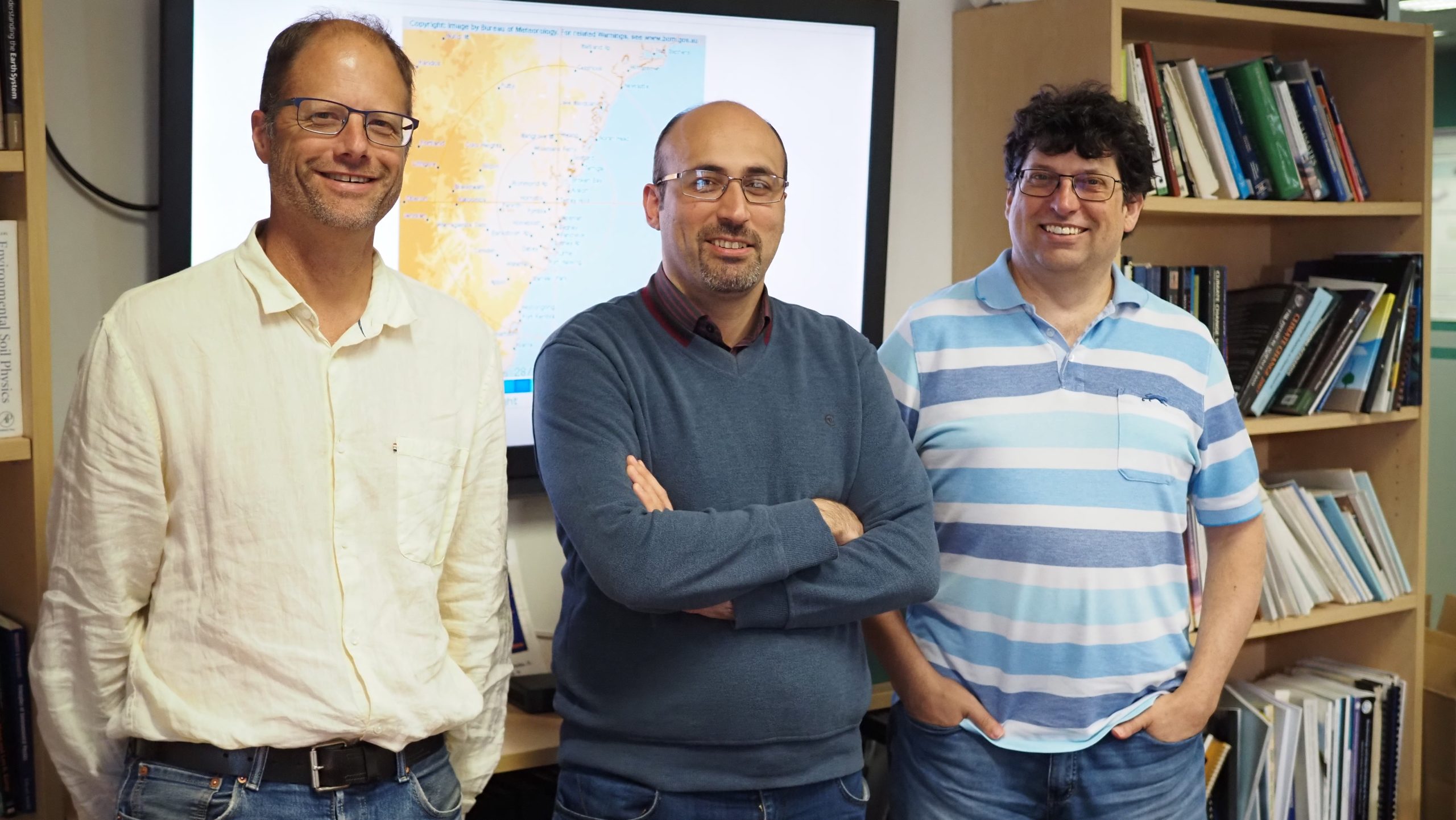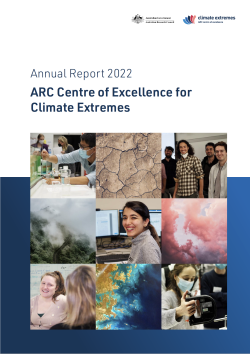
When researchers at the ARC Centre of Excellence for Climate Extremes discovered that rapid rain bursts in Sydney had intensified by 40 percent in two decades, it caught the attention of the prestigious journal Science.
With Science’s publication impending, the Centre’s Engagement and Impact team snapped into action, working with the researchers to do as follows:
- Brainstorm ways to simplify the scientific concepts for public audiences, such as defining the term “rapid rain bursts” for easier public understanding
- Produce video and photographic content to explain the research and its implications for media and social media use
- Write an opinion piece for The Conversation
- Collaborate with the Australian Science Media Centre
- Produce a briefing for politicians and policymakers in local, state and federal governments explaining the implications of the research
- Practice and conduct media training on presenting the research
- Create two targeted media releases – one explaining the research for international audiences and the other for Sydney audiences.
The Results
The rapid rain bursts media story received over 370 media mentions from Australian and international media, reaching a potential audience of more than 13 million people.
The importance of the research was recognised by the Hon Steph Cooke, New South Wales Minister for Emergency Services, who said:
‘Rapid rain bursts can happen in just 10 minutes and overwhelm roads and drainage systems. I’m sure we can all recall a time this year when we’ve been driving through Sydney and seen such unexpected flash flooding. These researchers developed a new technique which used weather radar data from overlapping radar to track trends in rainfall extremes. According to co-author Professor Steven Sherwood, governments, councils, city planners and communities need to prepare more for the possibility that rapid rain bursts will get more and more extreme and I’d encourage you to do just that.’ – The Hon Steph Cooke, New South Wales Minister for Emergency Services
The research was also highlighted at the 2022 annual lecture of the Peter Cullen Trust, a foundation which works with scientists, policymakers and political leaders to bridge science, people and the environment via funding and facilitating programs that contribute to improved rural and urban water management in Australia. The lecture was given by Rachel Connell, Division Head, Water Reform Taskforce, federal Department of Climate Change, Energy, the Environment and Water.
‘For me, clear, trusted science, modelling and monitoring will be critical to guiding and implementing water reform. There is some great science being done in Australia, and we need it to continue to push the boundaries. Last week researchers at the ARC Centre of Excellence for Climate Extremes had research published in the journal Science which pioneers a new technique using weather radar data to identify rapid rain bursts. Rain bursts are destructive short bursts of rain that overwhelm roads, gutters and drainage systems in as little as 10 minutes. Until now, it has been difficult for climate scientists to identify changes in rapid rain bursts due to limitations in rain gauges, satellite data and climate models. The researchers identified thousands of rapid rain bursts over Sydney using weather radar data over two decades. They found that the most severe rapid rain bursts had intensified by 40 percent over Sydney during this period – a phenomenon not explained by regular climate processes.’ – Rachel Connell, Division Head, Water Reform Taskforce, federal Department of Climate Change, Energy, the Environment and Water.
The researchers are now encouraging other researchers around the world to adopt their pioneering technique using weather radar data to help their communities plan for the future.
ARC Centre of Excellence for Climate Extremes – Annual Report 2023
From the Chair of the Advisory Board
Climate Science Leaders of the Future
Weather and Climate Interactions Research Program
Attribution and Risk Research Program
Ocean Extremes Research Program
Computational Modelling Systems
Governance, Management and our Commitment to Equity, Diversity and Inclusion

